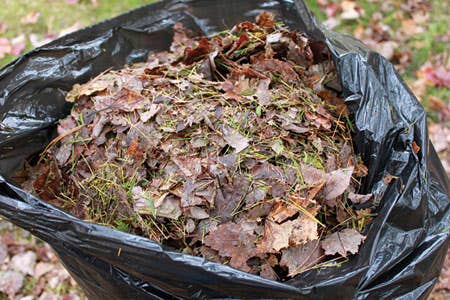Q & A: What is micropropagation?
I recently heard the term “micropropagation” during a radio interview with a nursery owner. I didn’t catch the meaning of the word. What is micropropagation?—TS, Los Angeles
I recently heard the term “micropropagation” during a radio interview with a nursery owner. I didn’t catch the meaning of the word. What is micropropagation?—TS, Los Angeles
Answer: The term refers to a method used by wholesale growers. The availability of herbaceous perennials has increased in recent years, due in part to the introduction of micropropagation, which enables a large number of plants to be propagated from a single individual in a relatively short space of time. Micropropagation is currently commercially satisfactory only for the propagation of herbaceous plants; it is rarely used for woody plants.
Here’s how it works: In laboratory conditions, the growing tip of a plant (the meristem) is removed and then cultivated in a sterile environment to produce more tissue, from which numerous tiny plantlets eventually form. THese are gradually accustomed to normal growing conditions and are grown on until they reach saleable size.
The timescale of the operation varies according to plant type, but in some circumstances a single plant can be multiplied into many thousands in only a couple of years. With the gardener’s constant craving for something new, this is commercially very important. It has resulted in large numbers of new cultivars of genera such as Hosta and Heuchera becoming widely available in a short space of time.







